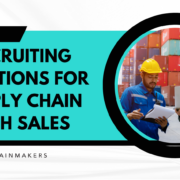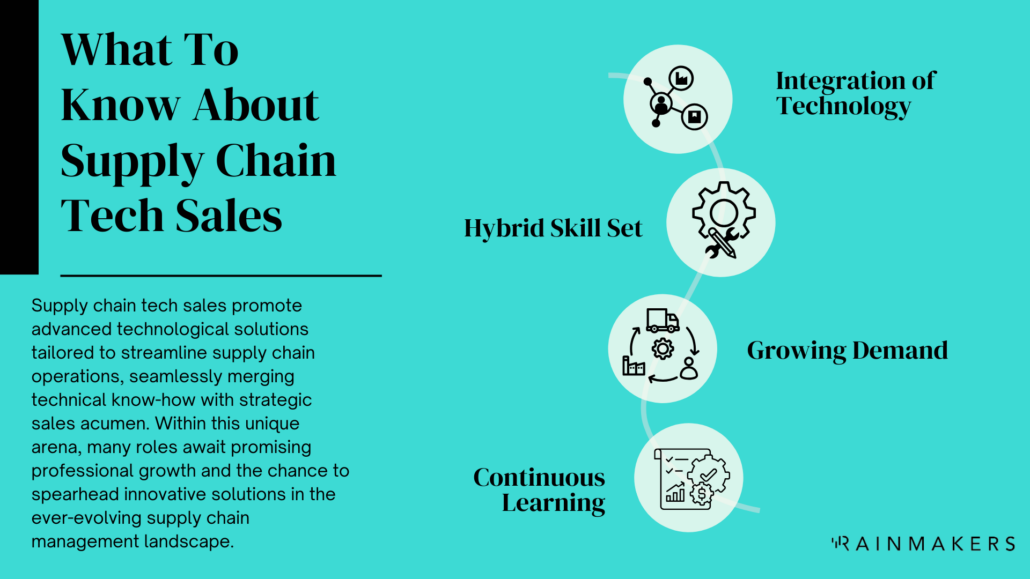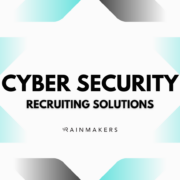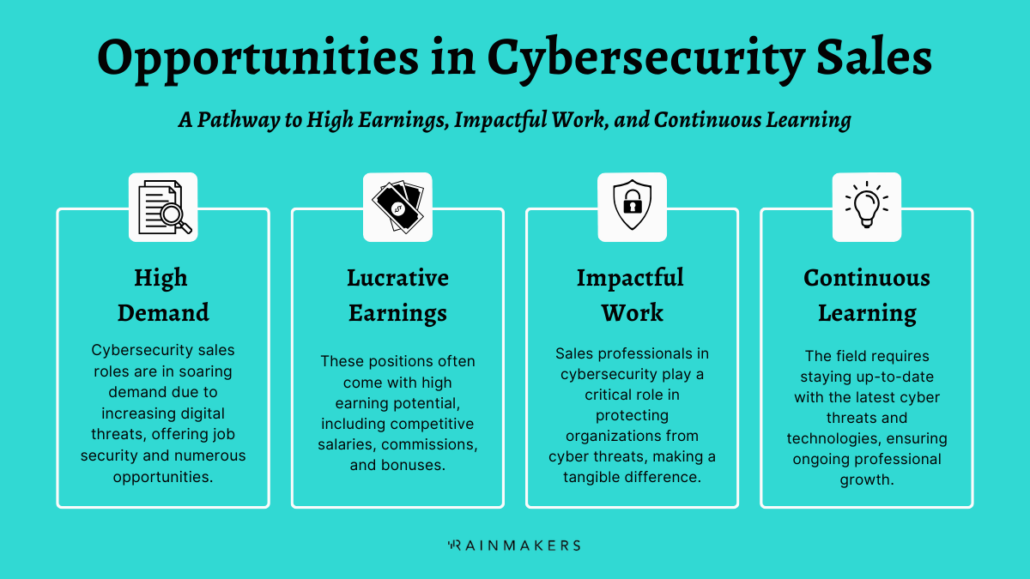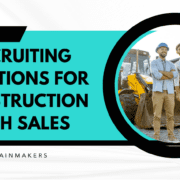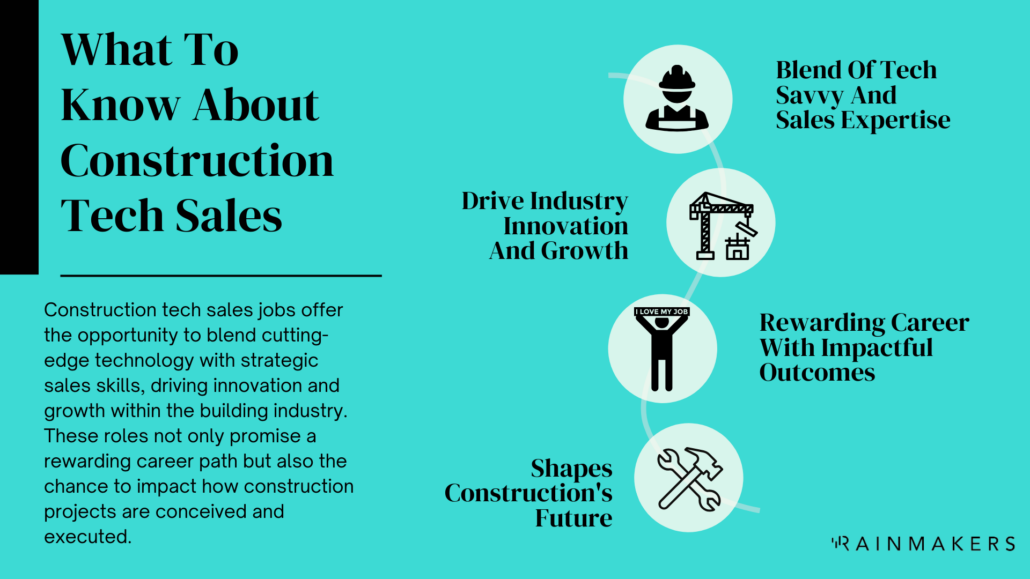TL;DR: Discovering key insights from The 2025 U.S. Sales Workforce Report, we see that sales hiring in 2025 has entered the era of Efficient Growth. Employers are prioritizing productivity per rep over headcount, relocating roles to cost-efficient cities, and aggressively integrating AI. The 2025 U.S. Sales Workforce Report is fundamental for job seekers and hiring managers alike, as the sales talent landscape is being redefined—by geography, technology, and role evolution. Insights from The 2025 U.S. Sales Workforce Report are crucial for understanding these developments in more detail to give organizations a competitive edge.
Sales Hiring in 2025: From “Headcount at All Costs” to Strategic Precision
The U.S. sales labor market has emerged from the volatility of the pandemic-era “Great Resignation” and the 2023–2024 hiring slowdowns into what experts now call the era of Efficient Growth. Gone are the days when growth meant scaling SDR teams en masse. In 2025, companies are laser-focused on revenue-per-employee and return on sales talent investment. The 2025 U.S. Sales Workforce Report highlights this shift.
This shift reflects a broader economic pattern: the U.S. economy has successfully executed a “soft landing,” with inflation stabilizing, job turnover decreasing, and companies hiring more cautiously but with higher precision.
AI Reshapes the Sales Org Chart
The most profound change is the AI-led restructuring of sales teams. Traditional SDR roles—once the gateway into tech sales—are being replaced by Agentic AI systems that automate prospecting and qualification. According to recent data, 36% of companies reduced SDR headcount in the past year, the steepest decline across sales roles.
In contrast, Account Executives (AEs) and Sales Engineers (SEs) are taking on more technical, full-cycle roles. These reps now work alongside AI co-pilots like Salesforce Einstein and 6sense, blending automation with strategic selling. The rise of the “Centaur Seller”—a human rep enhanced by AI tools—is redefining how revenue teams operate.
Where Sales Jobs Are Booming (And Where They Aren’t)
The 2025 sales workforce is geographically decentralized. High-cost legacy hubs like San Francisco and New York remain compensation leaders—but not hiring ones. The real action is happening in Tier 2 cities:
- Raleigh, NC: Now a top destination for sales professionals, Raleigh benefits from a trifecta of top-tier universities, biotech expansion, and major corporate moves like Apple’s RTP campus.
- Nashville, TN: A fast-rising healthcare and logistics hub, with strong demand for medical sales and the added perk of zero state income tax.
- Austin, TX: Despite cooling tech growth, advanced manufacturing and cleantech are sustaining hiring momentum, as noted in the 2025 U.S. Sales Workforce Report.
These cities offer a better cost-of-living-to-salary ratio and are increasingly becoming magnets for sales talent and employers alike.
Industry Trends: Who’s Hiring and Who’s Holding?
Sales hiring is now K-shaped, meaning it varies dramatically by industry:
- Booming: AI infrastructure, cybersecurity, healthcare, and advanced manufacturing are scaling up sales teams. Roles like Sales Engineers, Medical Device Reps, and Industrial Account Managers are in high demand.
- Cooling: General SaaS, especially in productivity or HR tools, continues to freeze hiring as profitability takes priority over growth.
Compensation Trends in 2025
Despite leaner hiring, compensation remains strong—especially for high performers. According to the 2025 Sales Compensation Report:
- Mid-market Account Executives earn a median base of $100K–$130K with OTEs of $200K–$260K.
- Enterprise AEs regularly command $300K+ OTEs.
- Even in smaller markets like Salt Lake City or Raleigh, AE OTEs reach $210K–$215K, emphasizing data from the 2025 U.S. Sales Workforce Report.
However, OTE realism matters: only 28% of reps met quota last year, making guaranteed draws and transparency around attainment rates key in candidate negotiations.
What This Means for Employers
Companies hiring in 2025 must embrace a “Quality Over Quantity” approach. That means:
- Prioritizing full-cycle reps who can both close deals and generate their own pipeline.
- Shifting hiring strategies to talent-rich but cost-efficient geographies.
- Offering competitive base salaries (especially as inflation pressure persists), with clear OTE structures and performance data.
What This Means for Candidates
Sales professionals should:
- Upskill in AI tools and consultative selling.
- Consider relocating to rising markets like Nashville or Salt Lake City for better net income and job volume.
- Reframe “entry-level” expectations—most SDR paths now require prior experience or upskilling in RevOps, support, or customer success.
Conclusion: Sales hiring in 2025 is no longer about mass expansion—it’s about smart, efficient growth. AI, geographic shifts, and industry realignments are reshaping everything from comp plans to org charts. Companies and candidates who adapt will win, according to insights from The 2025 U.S. Sales Workforce Report.
Interested in seeing our data on sales salaries? Whether your an employer or a candidate, find out what everyone else is paying or getting paid with our new sales salary calculator.











